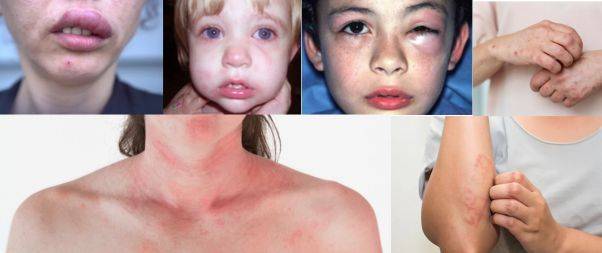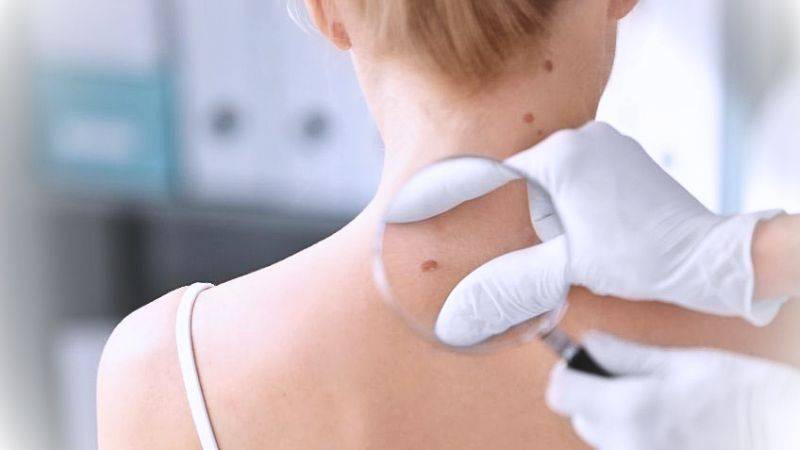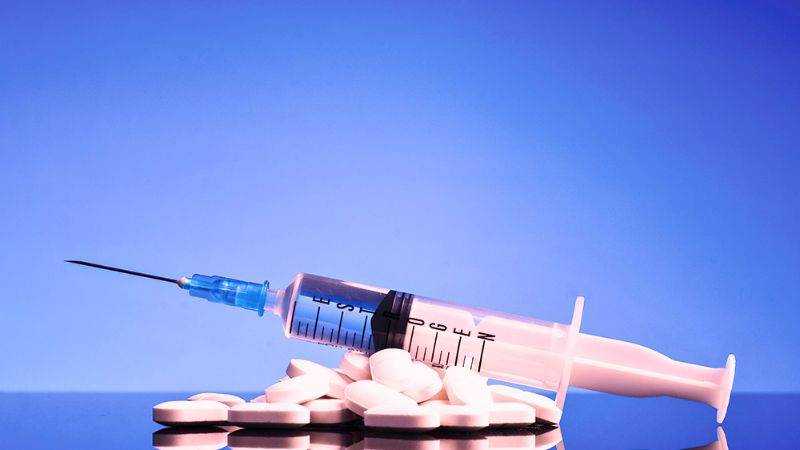Anaphylaxis | Symptoms | Causes | Diagnosis | Treatment | Prevention | Living with |
Highlights
Anaphylaxis is a serious allergy attack that must be handled immediately. If this happens to you, you need a shot of a medicine called epinephrine as quickly as you can. If not treated, it can be deadly.
Anaphylaxis doesn’t happen often, and most people get better from it. But it’s crucial to let your doctor know if you’re allergic to any medicines before you get any kind of medical or dental treatment.
If you’ve had an anaphylactic reaction before, you’re more likely to have another one. You’re also at a higher risk if your family has a history of anaphylaxis or if you have asthma.
What is Anaphylaxis

Anaphylaxis is a serious, potentially life-threatening allergic reaction. It is rapid in onset and can cause death if not treated promptly. This reaction can occur within seconds or minutes of exposure to something you’re allergic to.
It is like having a really bad allergy to specific things, like certain foods or bug bites. If you start having trouble breathing, which is a sign of anaphylaxis, you should use a special tool called an epinephrine injector. This can help stop the bad reaction and could save your life.
Warning Signs
Symptoms of anaphylaxis can include:
- Skin reactions, including hives, itching, and flushed or pale skin.
- Difficulty breathing.
- Swelling of the throat and tongue.
- A weak and rapid pulse.
- Nausea, vomiting, or diarrhea.
- Dizziness or fainting.
If you notice any of these symptoms, seek medical attention immediately.
After an anaphylactic reaction, it is important to get evaluated by an allergist to identify the trigger and to devise an action plan in case of future reactions. It’s also key to avoid known triggers and to carry an epinephrine auto-injector if you’re at risk.
Epinephrine can help you feel better in minutes. If you don’t feel better, you might need a second shot after about 30 minutes. These shots come ready to use and filled up, but you need a doctor’s note to buy them.
Causes
Anaphylaxis occurs when your body’s defense system, usually fighting off infections, gets too aggressive with something harmless like certain foods. This might not occur the first time you encounter the harmless thing, but it can happen later.
In kids, food is often the main thing that causes this reaction. For adults, it’s usually medicine that triggers it.
Common triggers for anaphylaxis can be:
- Foods: Like peanuts, tree nuts, fish, shellfish, dairy, and eggs.
- Medications: Particularly penicillin
- Muscle relaxants like the ones used for anesthesia
- Aspirin, ibuprofen, and other NSAIDs (nonsteroidal anti-inflammatory drugs)
- Anti-seizure medications
- or other antibiotics.
- Insect stings: From bees, yellow jackets, wasps, hornets, and fire ants.
- Latex: Some people might have an allergic reaction to latex found in hospital gloves, balloons, and rubber bands.
- Exercise: Although rare, exercise can also trigger anaphylaxis.
Diagnosis

How do doctors find out if you have Anaphylaxis?
If you’ve had any kind of allergy to food or bug bites, even if it was small, you should chat with your doctor or nurse.
They can usually tell if you have anaphylaxis just by looking at what’s happening to you.
Doing this can keep you safe and could even save your life. This is true for everyone who’s had any sort of allergy. If you’ve had one, you’re more likely to have a serious anaphylaxis reaction later on.
Finding out if you have it is important so you can get the right help.
What tests can find out if you have Anaphylaxis?
A doctor who knows a lot about allergies might suggest checking your skin and blood. These checks can help find out what things make you have bad reactions.
In a skin test, they put a little bit of the thing you might be allergic to on your skin to see if it causes any trouble.
A blood test that checks for something called tryptase can be useful if it’s done within one to three hours of when the allergy started.
Treatment

If you’ve had allergic reactions to food or bug bites, your doctor will give you a prescription for an injection of a medicine called epinephrine (also known as adrenaline). This medicine helps stop the bad symptoms caused by the allergy.
You should keep this injector, which is about the size of a big marker, with you all the time. If you start having an anaphylactic reaction, you need to use the injector to give yourself a shot of the medicine, usually in your thigh. These shots work fast to help stop the bad symptoms.
If you still don’t feel better after five to 15 minutes, you should give yourself a second shot if you have another one. After you use the injector, you need to get help from a doctor. You need a doctor to check you out after you’ve had an anaphylactic reaction.
Prevention
Do things to stay away from what triggers your allergies:
Food
- Read food labels very carefully.
- Ask restaurants what’s in their food and how they make it. (Sometimes, a restaurant might make a dish that doesn’t have something you’re allergic to in the same pot or pan as something you are allergic to.)
Medications
- Make sure to tell all doctors and nurses if there are any medicines you’re allergic to and if you’ve had allergies before.
- They can make sure to give you a medicine that won’t make you sick and to stay away from anything you might be allergic to.
Insect stings
- Don’t walk around outside without shoes on.
- It’s also a good idea not to drink from cans that are open because bugs can get near the top.
- Try not to wear bright clothes with flowers on them or use perfumes, hairsprays, and lotions that could make bugs come near you.
How can I handle allergies better?
If you know you have really bad allergies to food or other stuff, get ready ahead of time:
- Keep your epinephrine injection kit with you everywhere you go.
- Have something like a piece of jewelry or a card that says what you’re allergic to. This can help a lot in emergencies.
- Use your epinephrine injection right away if you come in contact with the thing you’re allergic to.
- If you’re allergic to any medicines, tell your doctor or nurse before any check-up or treatment. This includes going to the dentist.
- Let your family and friends know about your allergy and what causes it. Make sure they can tell when you’re having an anaphylaxis. Also, show them how to use the injector, so they can help if you have a reaction.






